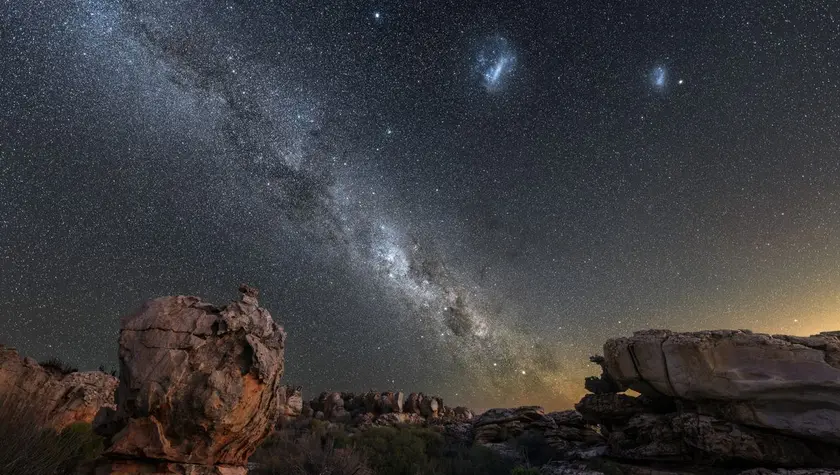T4K3.news
Webb spots distant jellyfish galaxy
A jellyfish galaxy from the early universe was spotted by Webb, shedding light on gas loss and star formation.
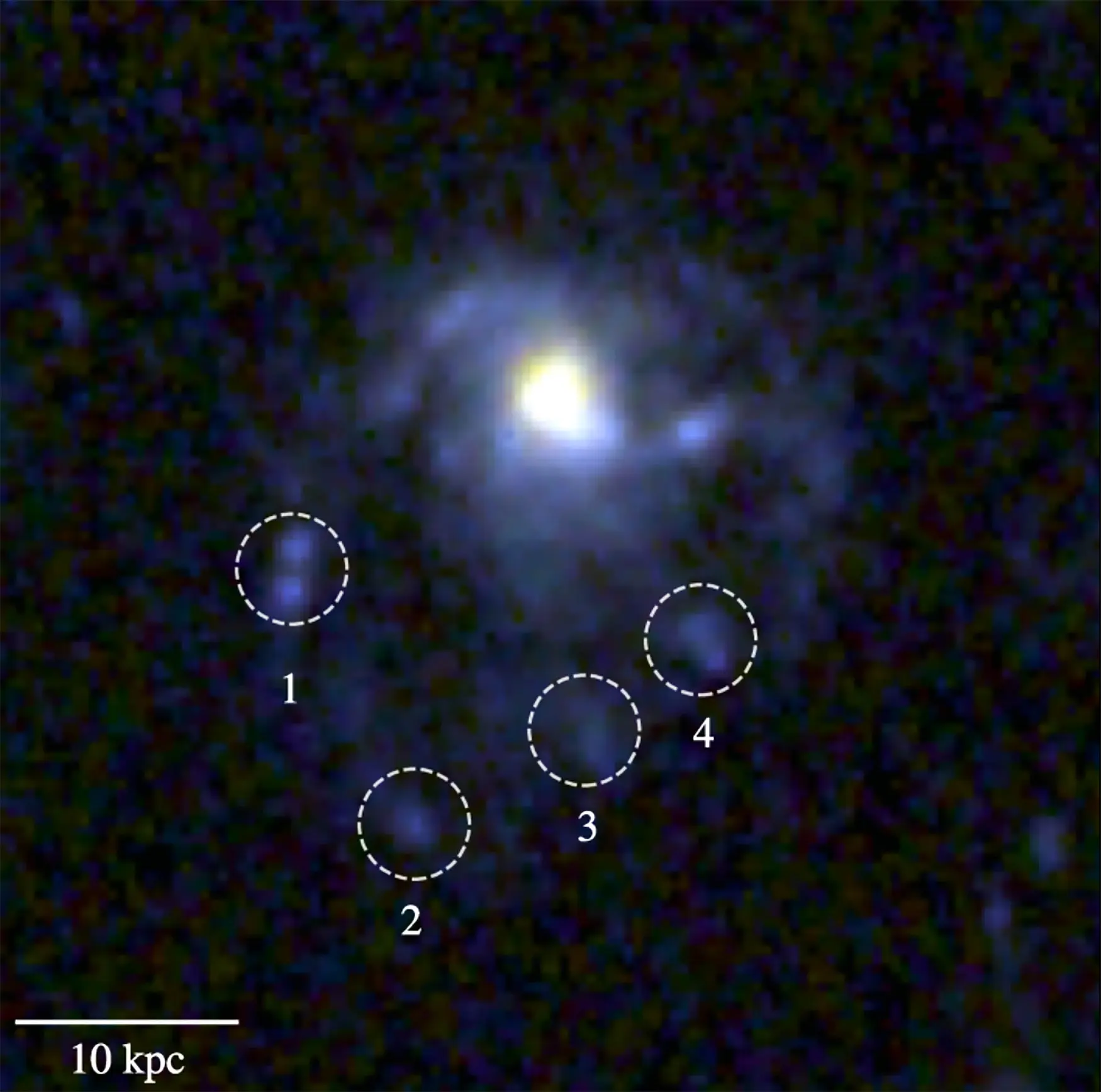
Astronomers using Webb reveal a jellyfish galaxy from about eight billion years ago, showing how gas loss shapes star formation in a trailing tail.
Webb finds a jellyfish galaxy in the distant past
Scientists using the James Webb Space Telescope have spotted COSMOS2020-635829, a jellyfish galaxy seen about eight billion years in the past at redshift 1.156. The galaxy shows a bright blue tail of gas and newly formed stars as it plows through the hot intracluster medium, a process known as ram pressure stripping. The tail reveals where the gas came from and how star formation can continue in the wake of a galaxy losing its fuel.
By capturing this rare object, Webb helps connect the distant universe with the present day. The discovery suggests that stripping plays a major role in quenching star formation in cluster satellites long before they fade, and that the star-forming knots in the tail can rival small local galaxies in their activity. The study also shows how combining Webb's infrared views with ALMA and other radio observations can map different gas phases as they are removed and recycled.
Key Takeaways
"We report the discovery of COSMOS2020-635829 as a likely jellyfish galaxy."
Lead author Ian D. Roberts on the discovery
The find highlights how a galaxy’s life is shaped by environment. In crowded clusters, gas loss does more than dim a disk; it can spark new stars in stray gas and even form tiny dwarf-like clumps. That makes the study about more than one galaxy; it is about how clusters sculpt the whole population. It also underscores the value of looking at the same object with different kinds of light to test when and how quickly star formation is shut down.
The chase continues. Seeing gas and stars in infrared and radio wavelengths lets researchers test models of quenching and mass loss. Still, the sample is small and more galaxies need to be mapped across cosmic time. Webb’s ongoing surveys, together with ALMA and future arrays, will fill in the gaps and sharpen our theories.
Highlights
- Gas becomes glitter as stars mark the tail
- Cosmic winds rewrite a galaxy fate in blue knots
- Webb turns a distant tail into a lesson on galaxy life
- Harsh environments rewrite the life of galaxies
Future Webb observations may reveal how common jellyfish tails are across cosmic time.
Enjoyed this? Let your friends know!
Related News
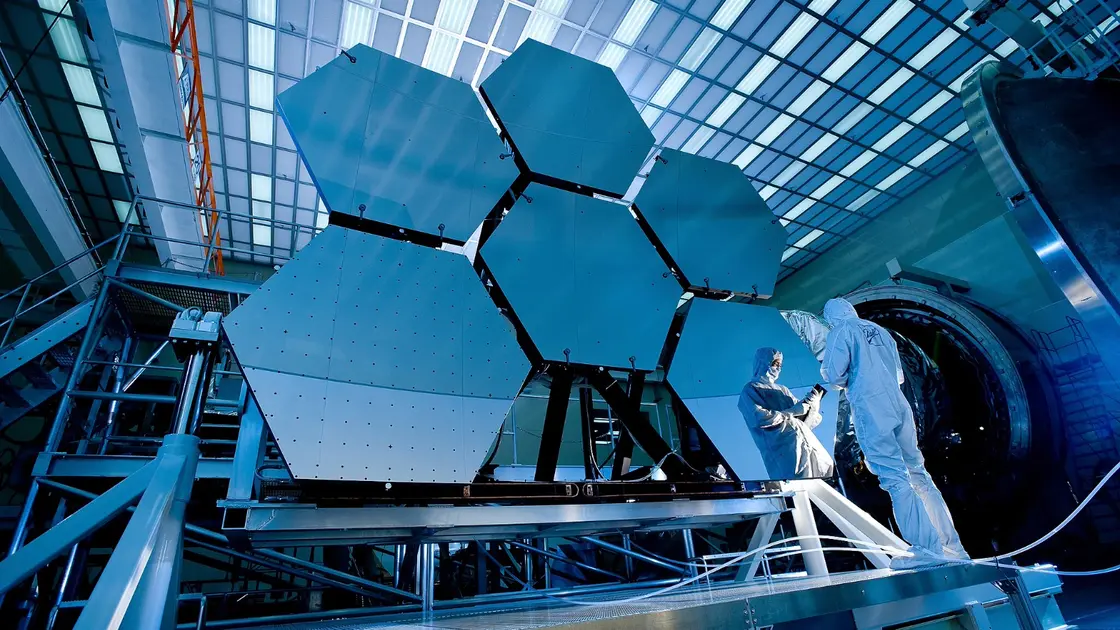
James Webb Space Telescope unveils ancient galaxies
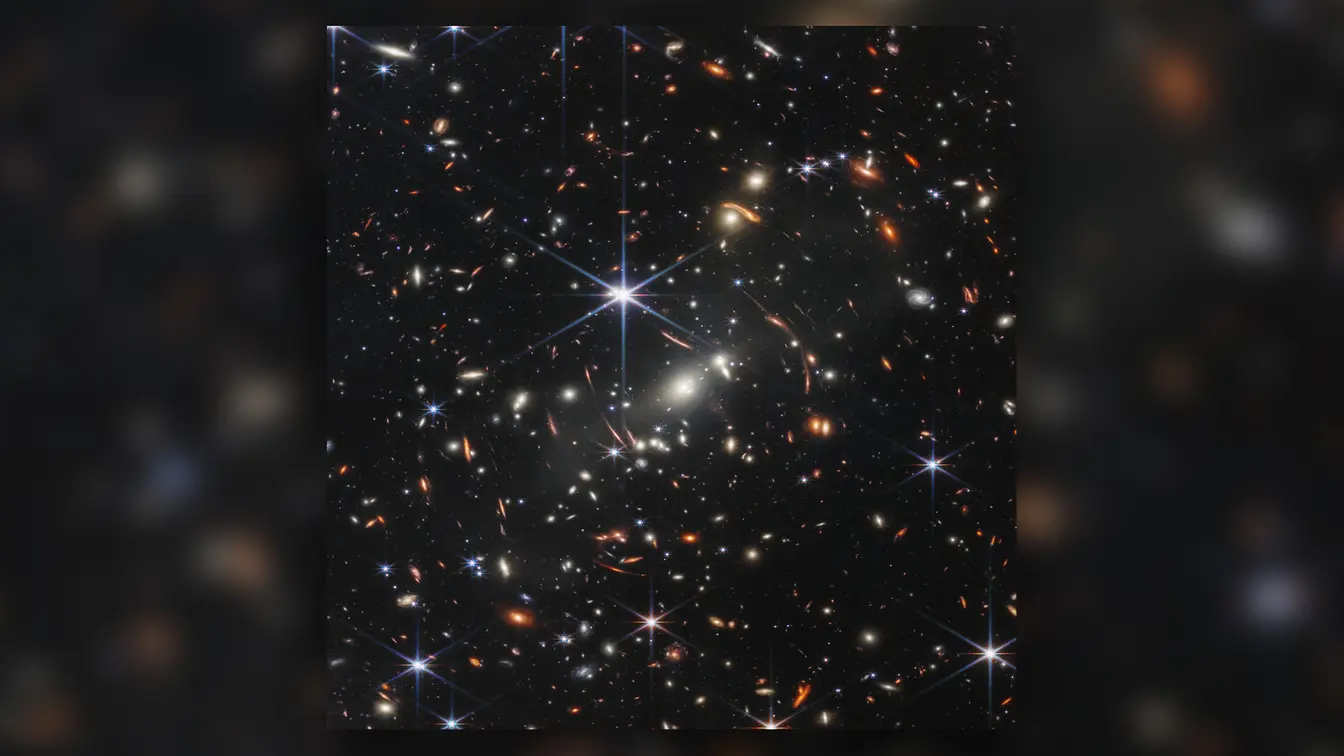
James Webb reveals deepest view of universe
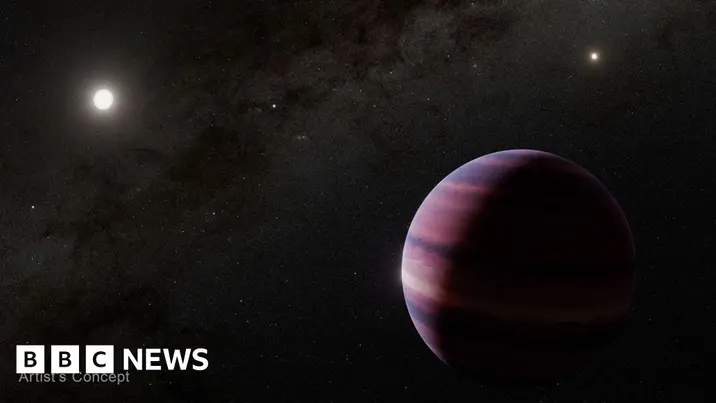
Nearby exoplanet signs found
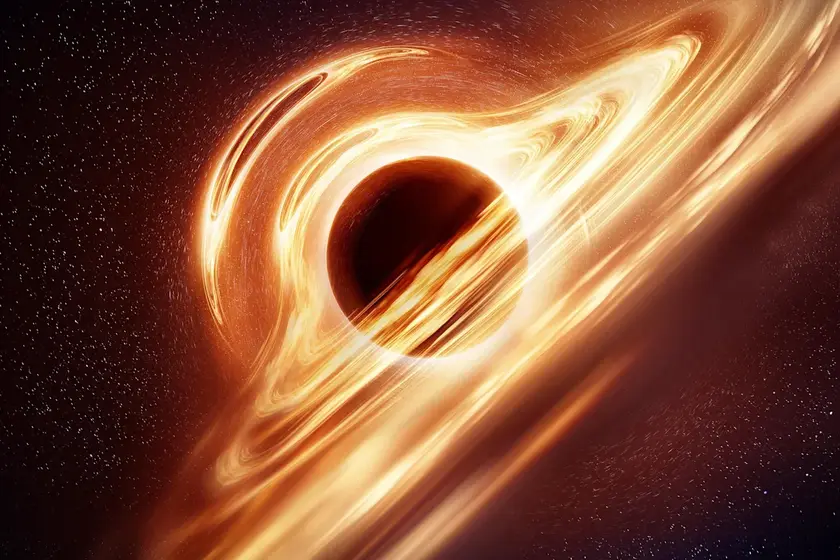
James Webb Telescope may have found early cosmic light sources
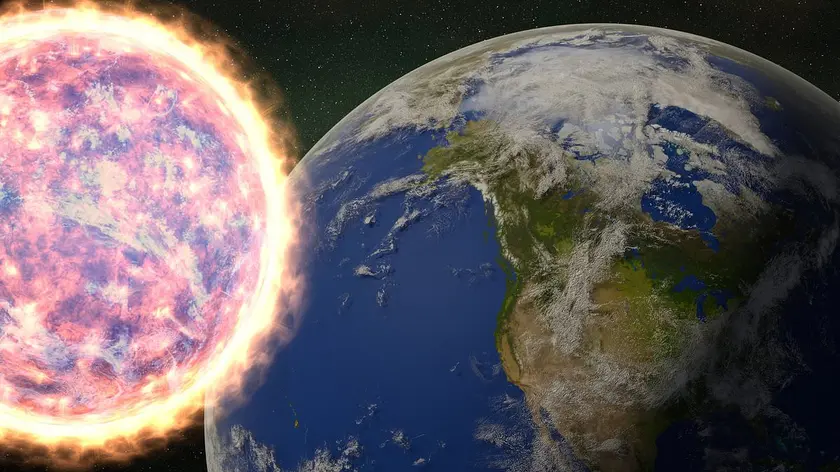
NASA reports mystery signal from super-EarthTOI-1846 b
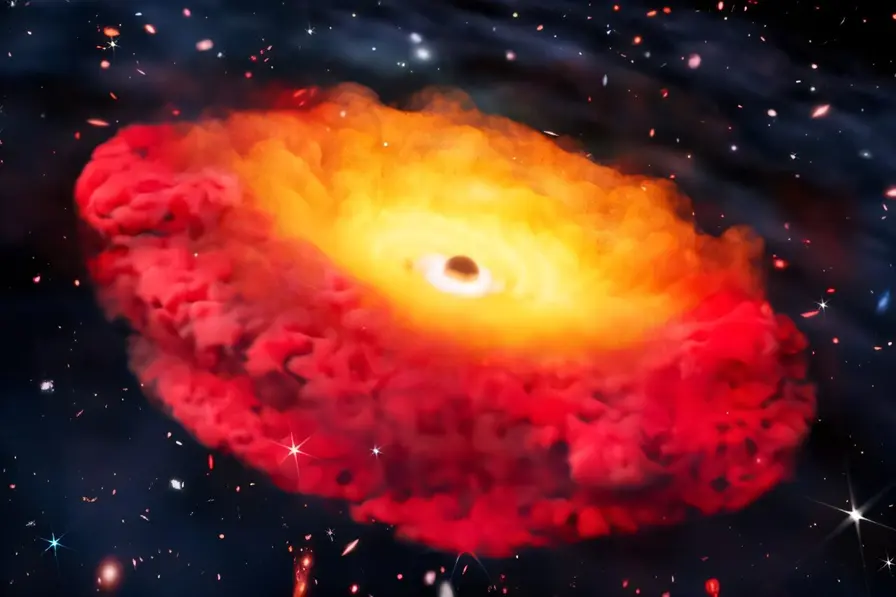
Astronomers confirm the universe's earliest black hole
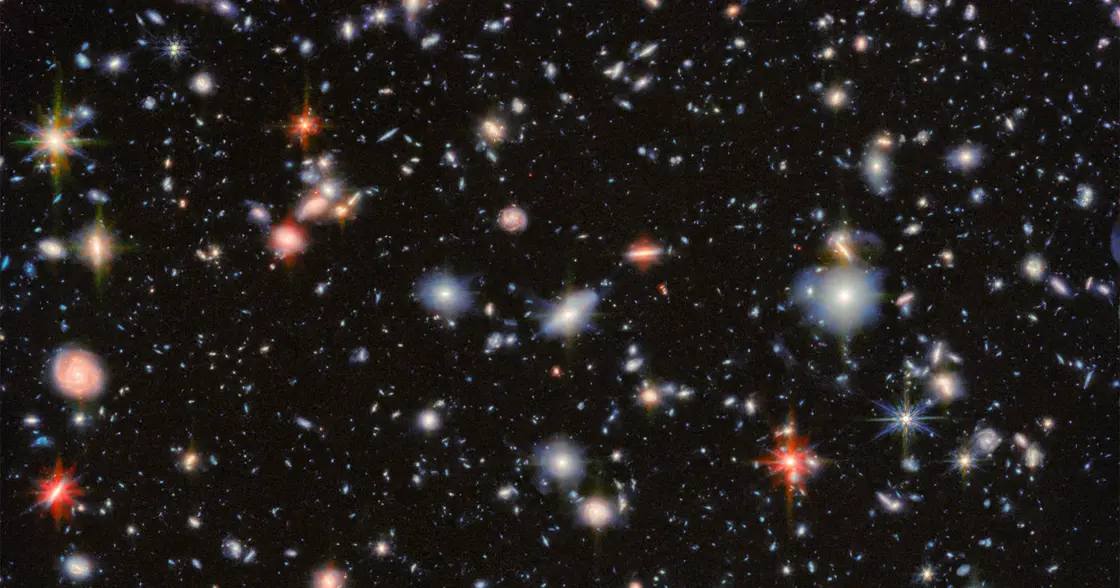
Webb captures new image of Hubble's deep field
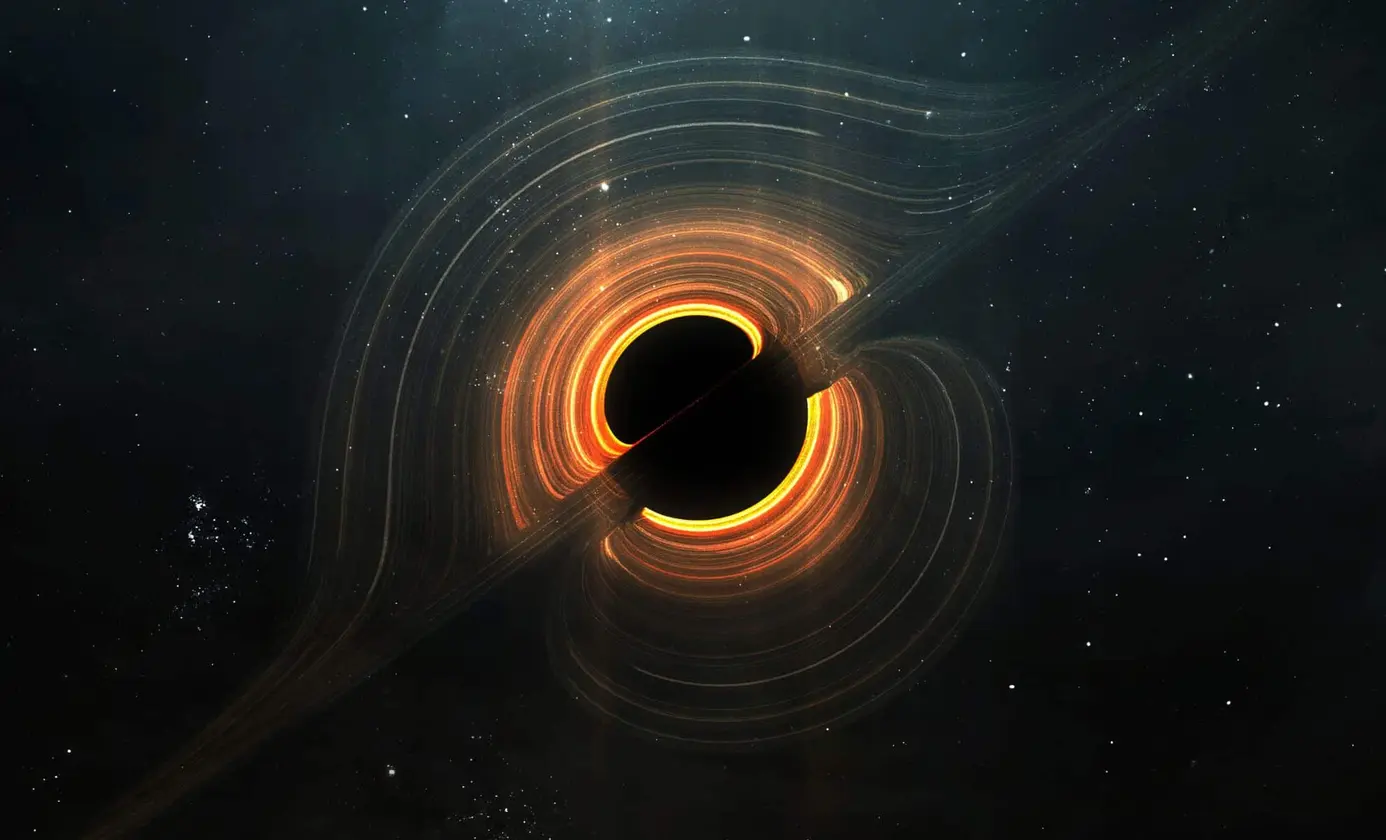
Infinity Galaxy Births a Supermassive Black Hole
